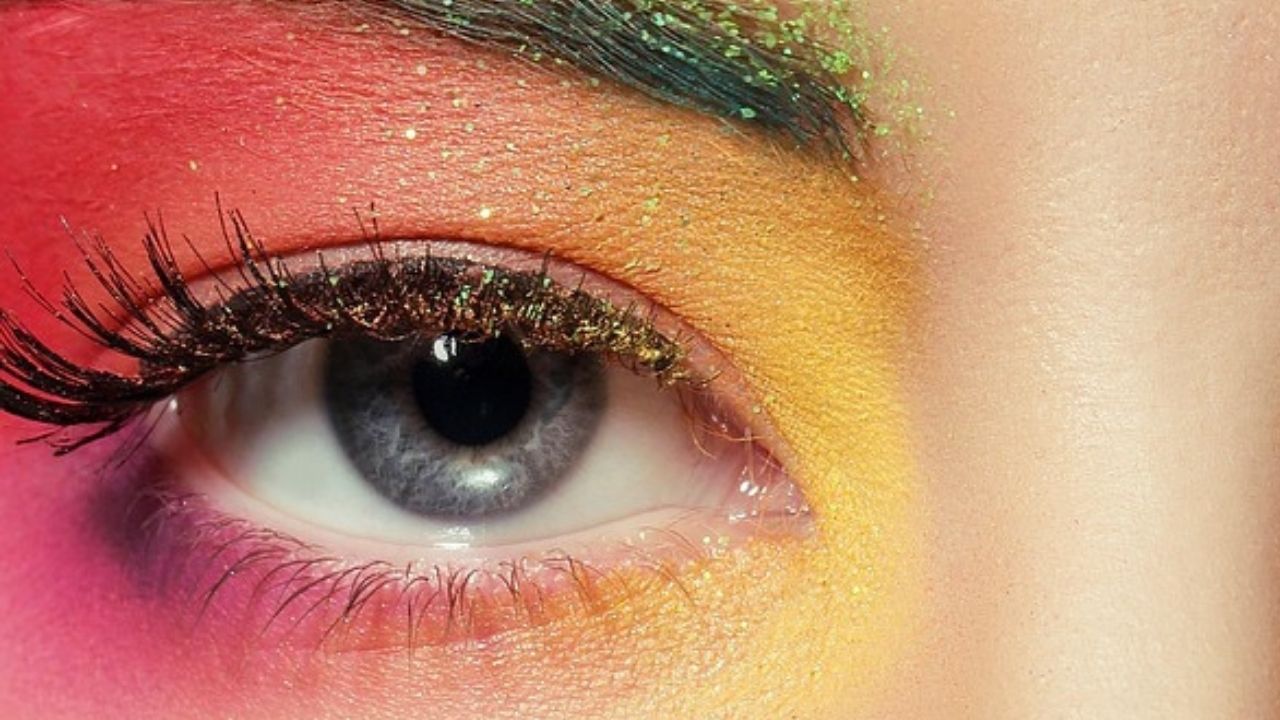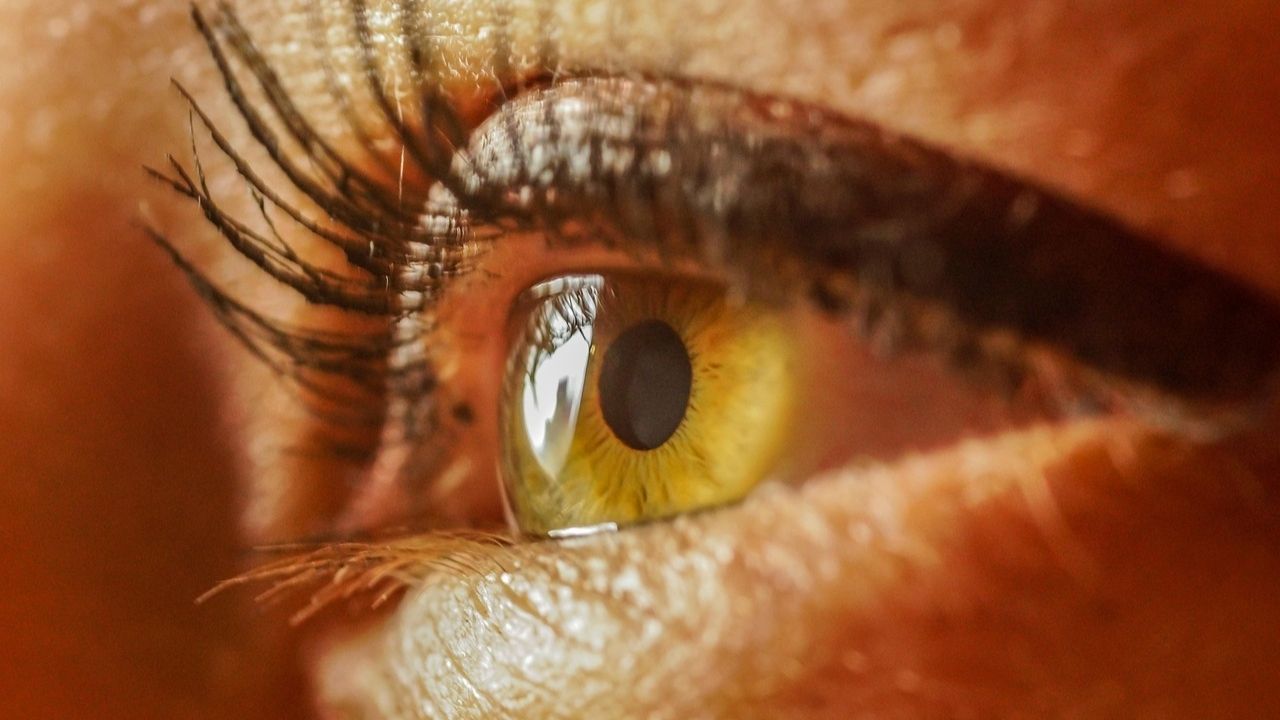There are several ways to protect your eyes, such as wearing sunglasses. Wearing the right sunglasses protects your eyes from UV rays, but there are also daily habits you can follow to maintain healthy vision as you age. Making small lifestyle changes to your routine can protect your eye health and help prevent common age-related eye conditions.
Put On Sunglasses
Long-term exposure to ultraviolet rays can harm your eyes over time. The American Academy of Ophthalmology states that wearing sunglasses can block harmful UV light and reduce the risk of cataracts, sunburn, eye cancer, and growths around the eyes. Polarized sunglasses with smoke or gray lenses may provide the best sun protection and help minimize glare.
Give your eyes a rest from screens by following the 20-20-20 rule. Prolonged screen use can cause dry eyes, neck and shoulder pain, blurred vision, headaches, and digital eye strain. The 20-20-20 rule helps prevent this: every 20 minutes, look 20 feet away for 20 seconds.
Remember To Take Breaks When Reading Books As Well
Looking at screens is not the only activity that can strain your eyes. When you read a book, you probably hold it very close to your face for long periods of time. Both habits can lead to nearsightedness, which is when distant objects appear blurry while nearby objects remain clear. Just as you should follow the 20-20-20 rule for screen breaks, you should also apply this rule when reading books. If you become deeply focused on what you are reading or doing on the computer, set an alarm so that you remember to take regular breaks.

Exercise:
According to the American Academy of Ophthalmology, regular exercise supports eye health by promoting healthy blood vessels and reducing the risk of conditions like glaucoma and diabetic retinopathy. The CDC advises getting at least 150 minutes of moderate aerobic exercise each week, along with two days of strength training. You can also do eye exercises at your desk to ease tension and reduce eye strain.
Go Out, With Sunglasses Of Course
Both children and adults should spend plenty of time outdoors, even if they already meet their exercise goals indoors. Studies show that children who go outside regularly have a lower risk of developing nearsightedness during adolescence and later in adulthood. Spending time with your children at the playground, taking walks in the woods, or even playing in the backyard can help the whole family stay active and healthy. Just remember to wear your sunglasses.



